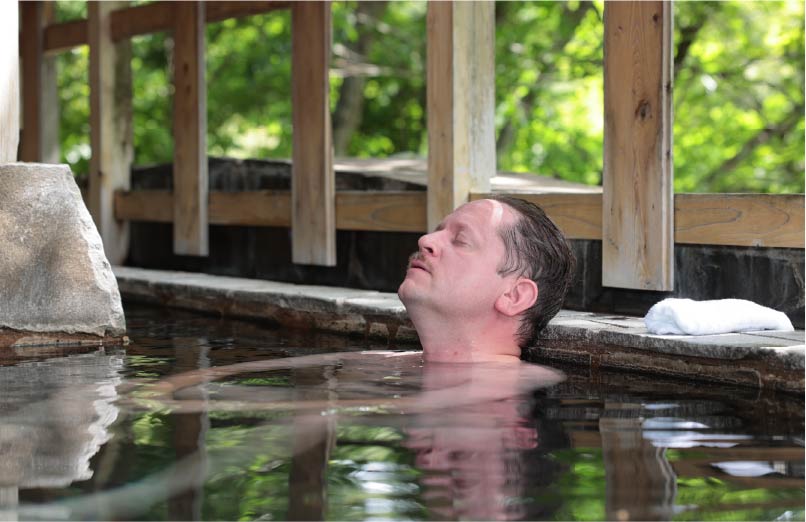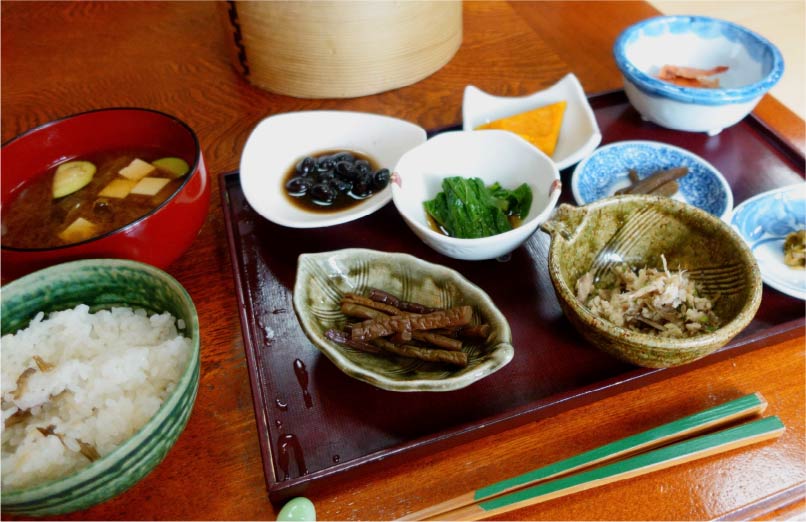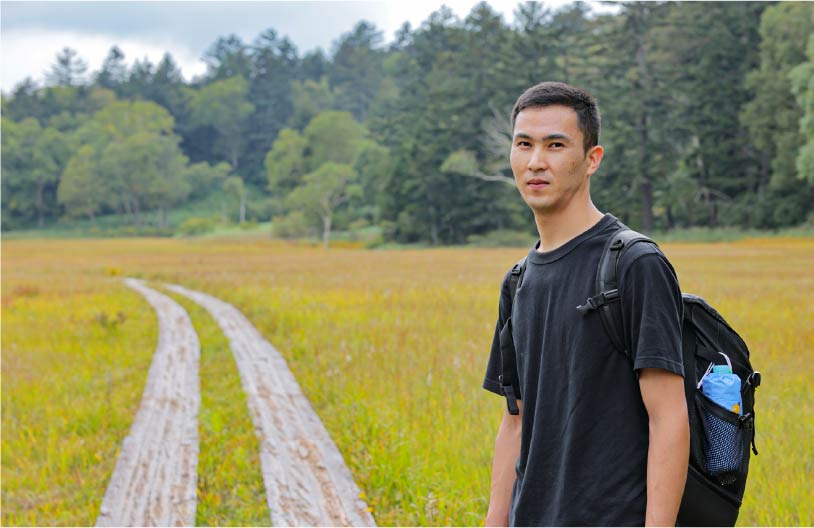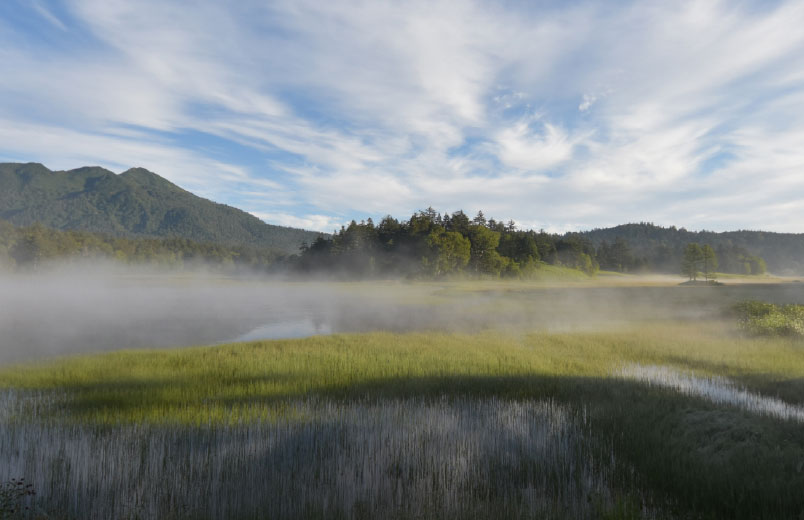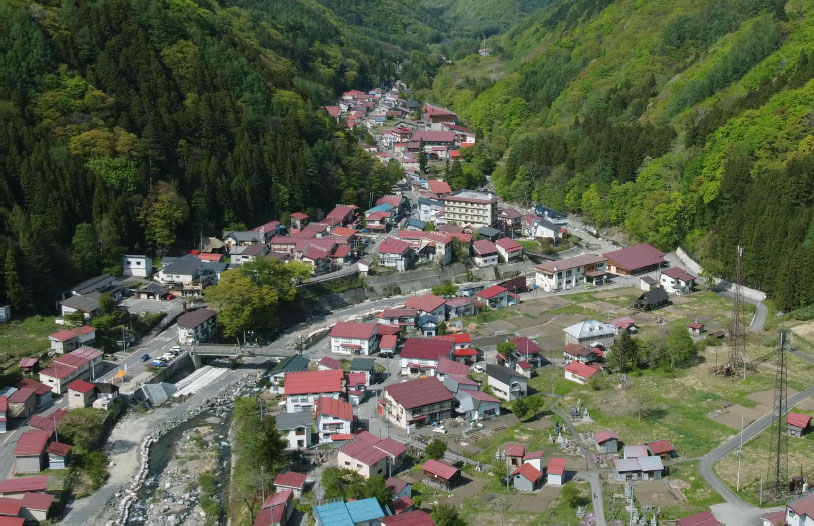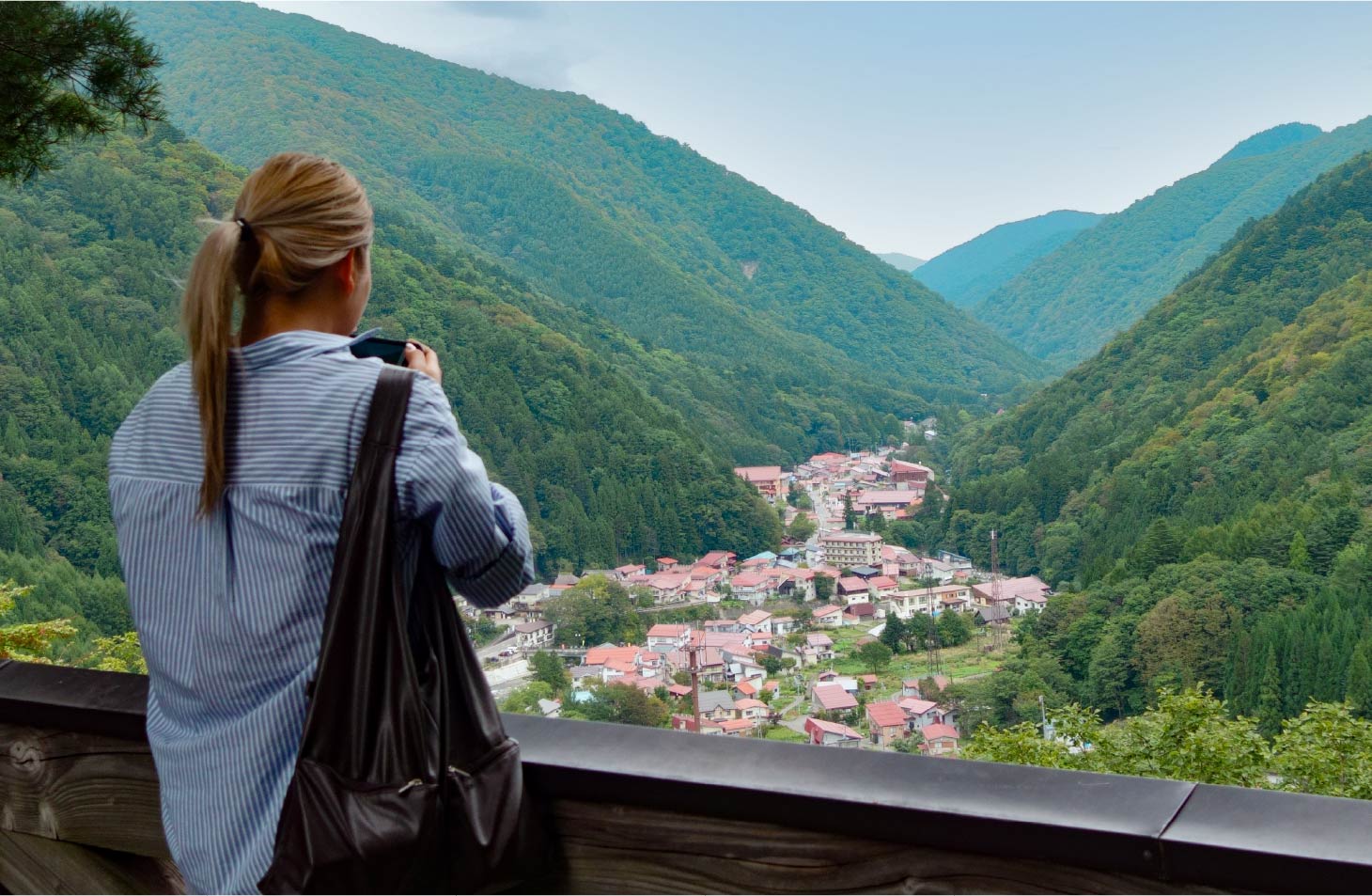
 Explore Plan 2
Explore Plan 2
Indulge in the flavors only rich nature can offer.
Let your heart be fully satisfied by the charm of local gourmet.
Traveler
My name is Tao, and I am from Vietnam. After graduating from a vocational school in Japan, I have been working full-time in the food and beverage industry. In the beautiful, nature-rich village of Hinoemata, I enjoyed a trip that focused on “food” and “culture.”
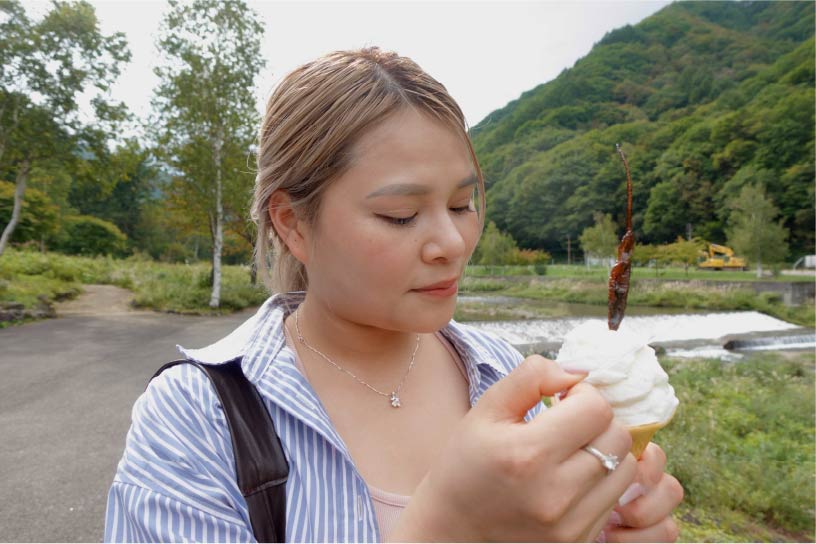
Name:Bui Thanh Thao
Hobby:Shopping
My Recommendations
- A taste you'll only find here
- An observatory with a panoramic view of the village,
about 30 minutes walk. - Learn and absorb the food and culture at a traditional
minshuku (Japanese inn).
 11:00
11:00
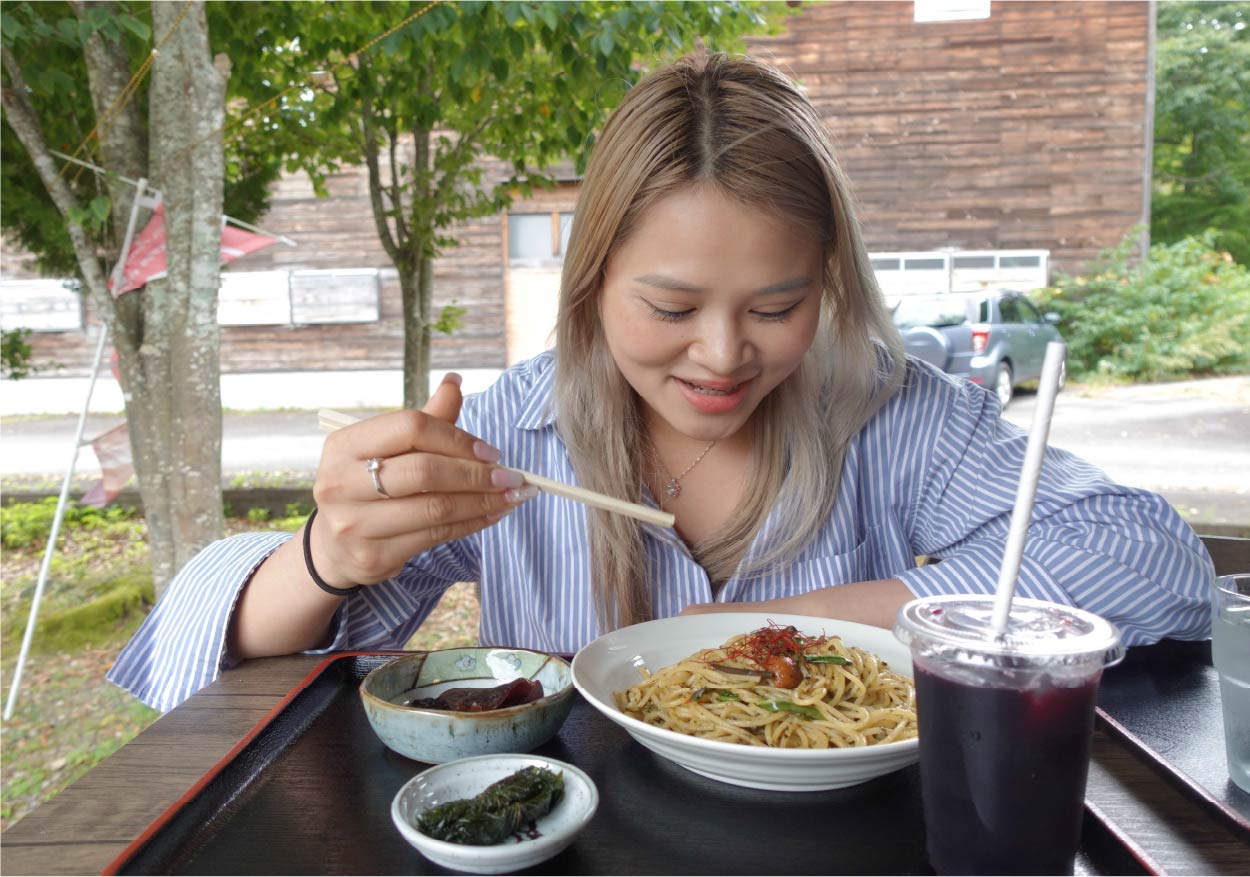
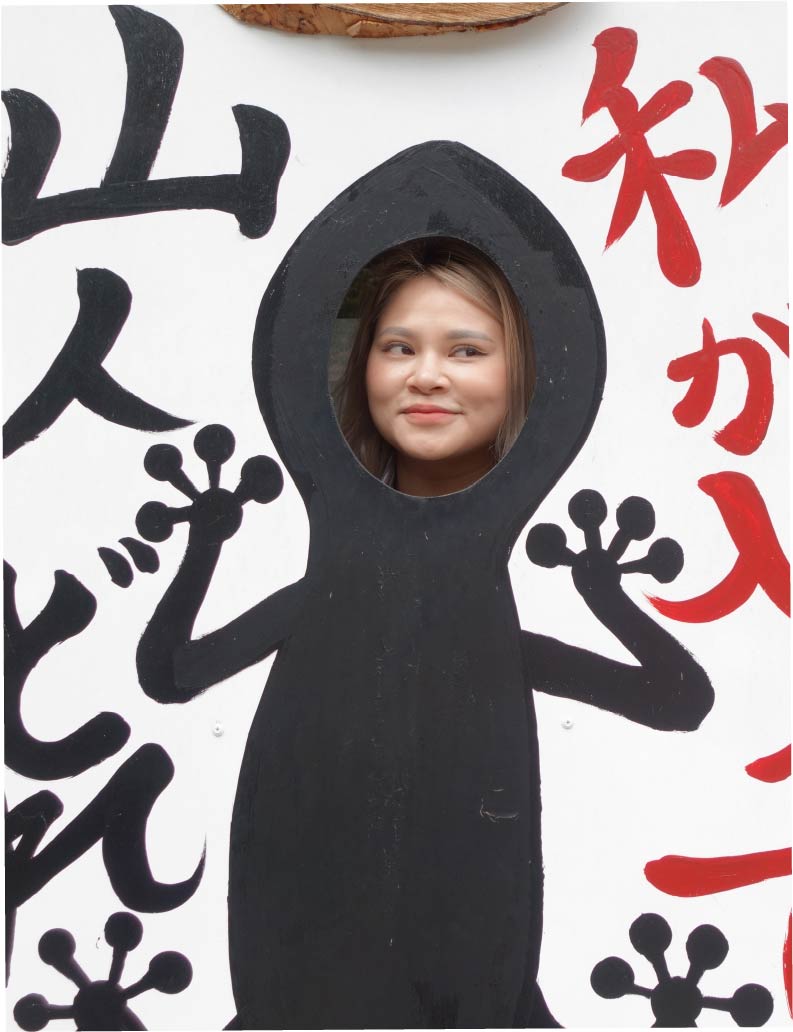
I arrived in Hinoemata Village and
had a unique wild vegetable pasta
for lunch.
@ Yamōdo House
I left Tokyo early in the morning and arrived in Hinoemata Village before lunch time. I was amazed by the light traffic, only few people around, and the abundance of nature-it all felt so quick.
For an early lunch, I headed to Yamōdo House, a place with both a souvenir shop and a diner. I decided that for this trip, I would try something I had never eaten before, so I ordered a pasta made with wild vegetables.
The mix of wild vegetables like bracken, seasoned with garlic oil, brought out a fragrant aroma, and my mouth was filled with the blessings of the mountains.
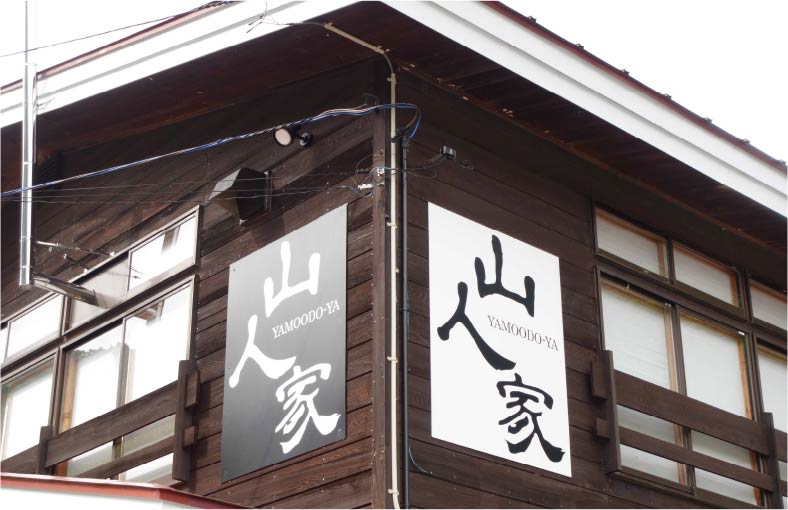
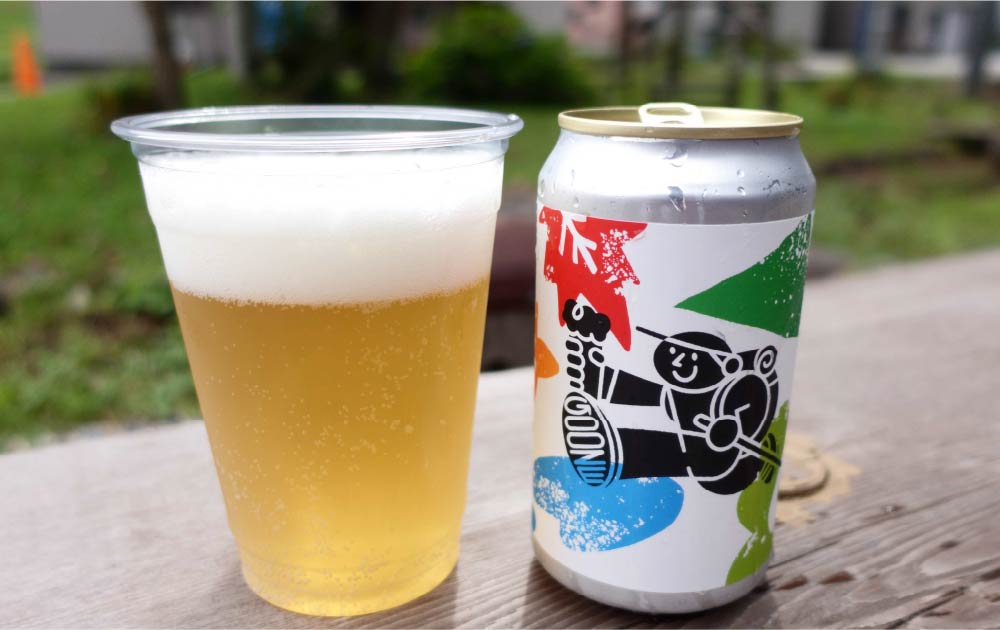
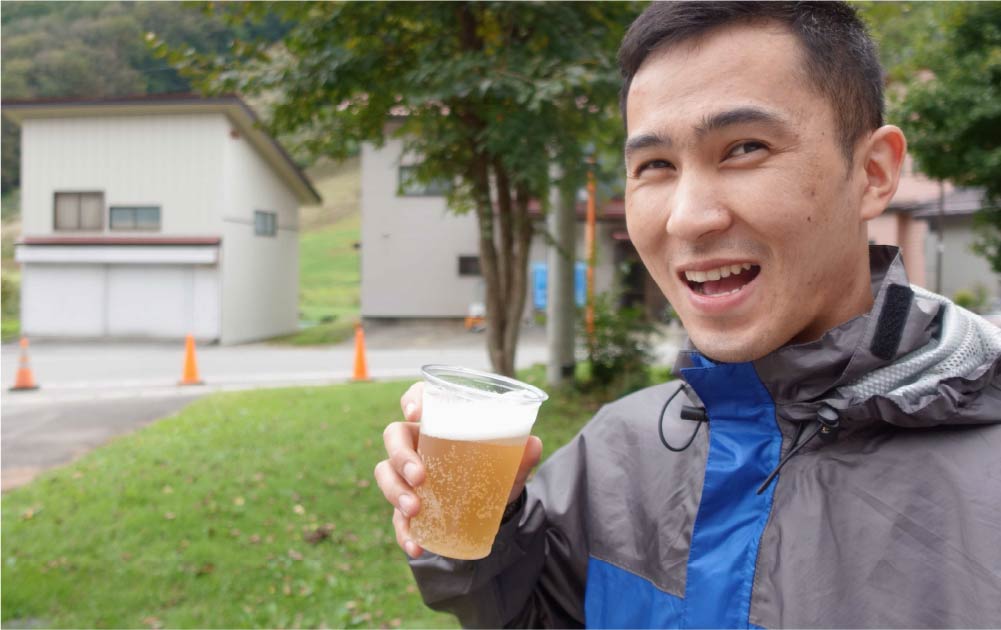
Shiso craft beer?
The excitement doesn't stop with unfamiliar souvenirs.
After lunch, I explored the souvenir shop, where large natural mushrooms, local sake, sweets, and many other intriguing items were on display. My friend from Kyrgyzstan, who was visiting Oze, immediately grabbed a shiso-pickled craft beer. He enjoyed the refreshing shiso flavor.
What did I, a shopping lover, buy as a souvenir? I'll share that later! lol
 13:00
13:00

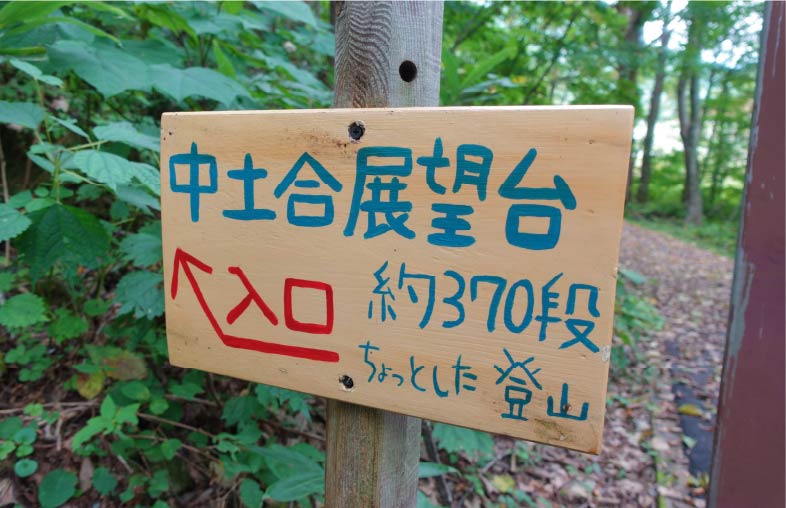
A light hike aiming for the observatory.
@ Nakadoai Lookout Point
This was supposed to be a gourmet tour, so I didn't have plan any hiking. However, based on a local recommendation, I decided to head to the observation point. Passing through the mini Oze Park, where the trails are well-maintained with beautiful scenery, I reached the entrance to the observation point. Since I would be walking through the forest, I wore a bear bell that I had purchased from the Hinoemata Village travel guide office for the trek to the top.
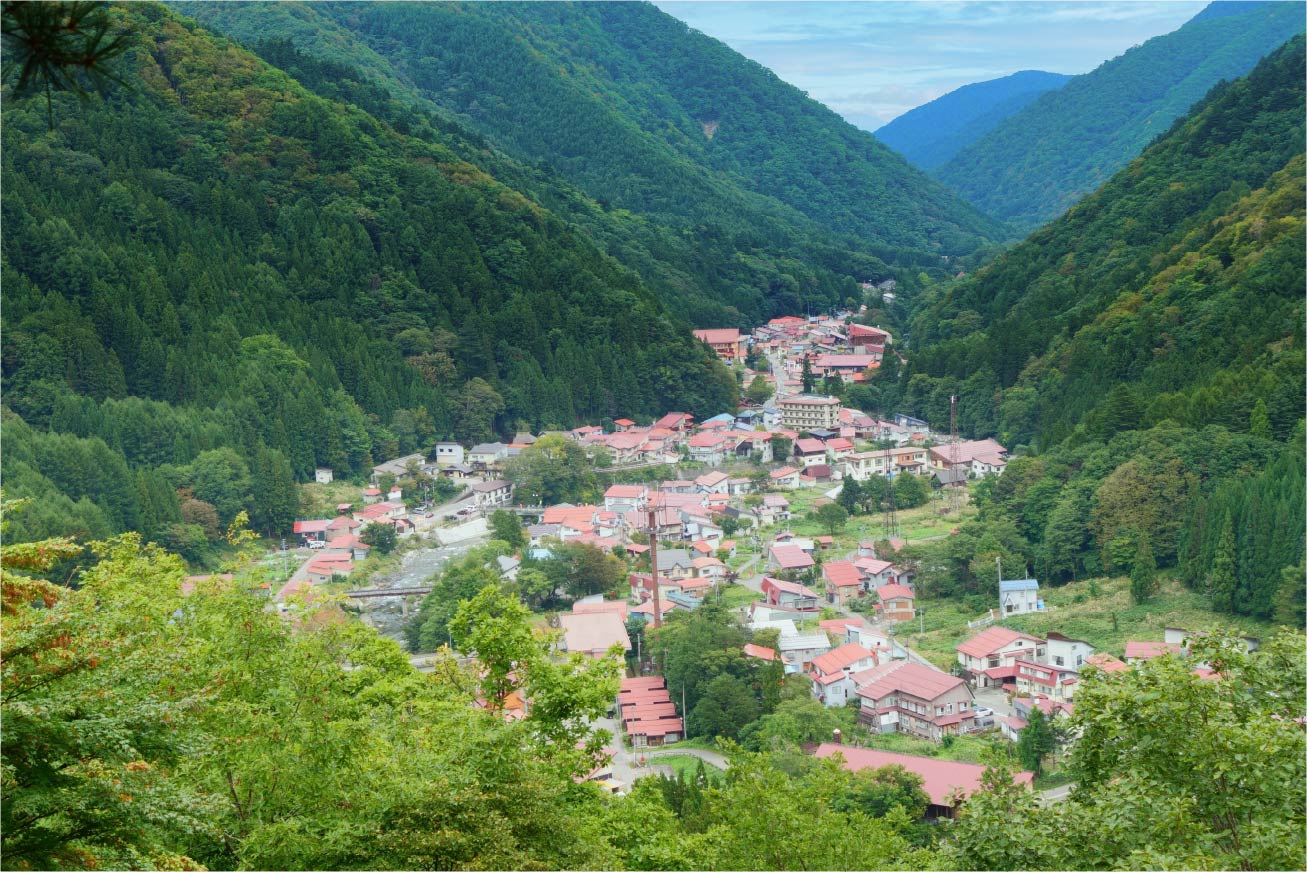
When I reached the observatory, a breathtaking view spread out before me.
After about 30 minutes of walking through the forest, I arrived at the observatory. From there, I could see the area where I had just been, including Yamōdo House. Later, I learned from the tourism office that the red roofs were designed to unify the scenery, taking inspiration from Swiss architectural guidelines. The contrast between the blue-green mountains and the townscape was incredibly healing.

After a short hike, it's snack time!
Guess what!? It's salamander gelato.
As part of my travel vow to “challenge myself,” I decided to give it a try. I took a bite, and the unique flavor and texture grew on me. It's worth trying anything once! In Hinoemata Village, you can find a small species of salamander called the Hakone salamander, which is prized for its nourishing qualities and has been used in traditional Chinese medicine.
 15:00
15:00
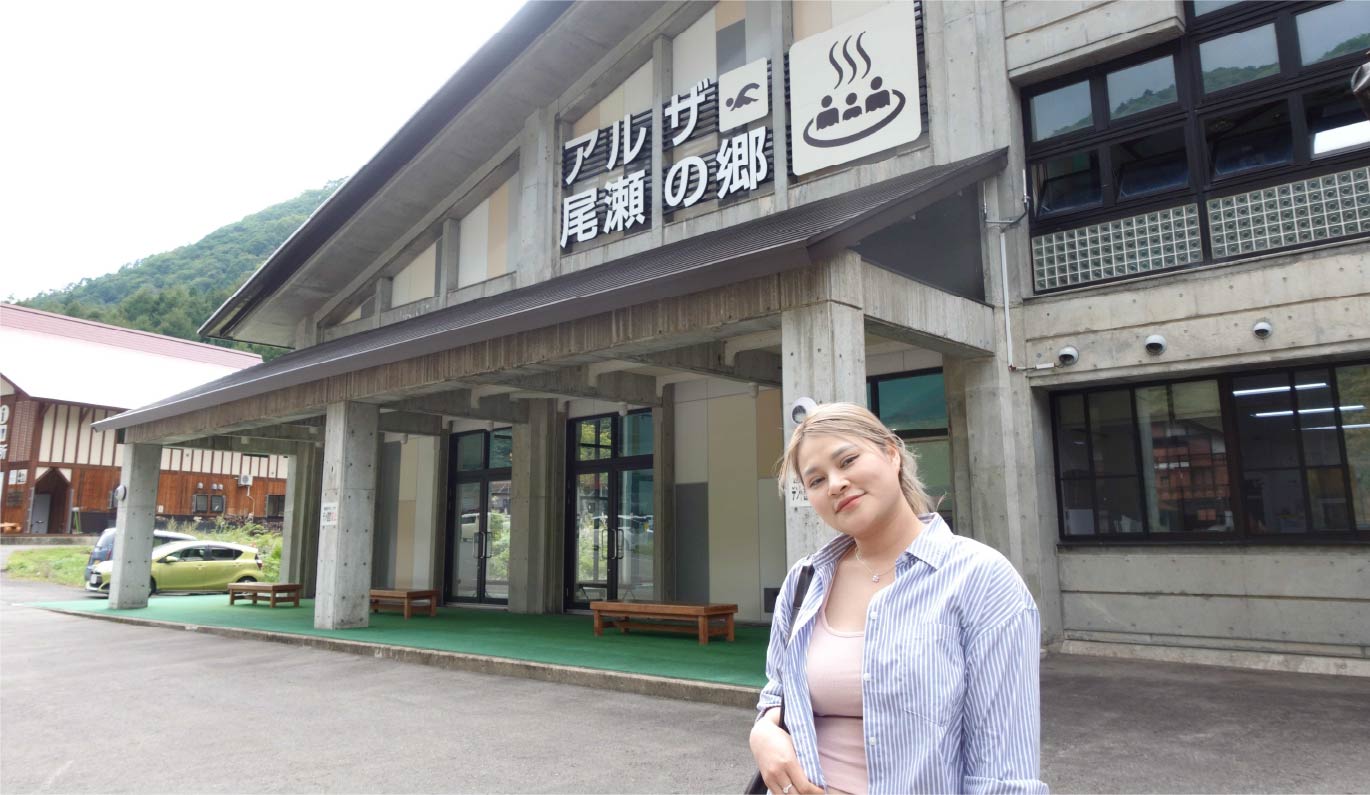
A soak in a natural hot spring and
looking forward to dinner.
@ Aruza Oze no Sato
After the light hike to the lookout point, I, not being used to such exercise, was drenched in sweat. Hinoemata Village has three public natural hot springs, and today I chose Aruza Oze no Sato to unwind from the day's activities.

 16:00
16:00
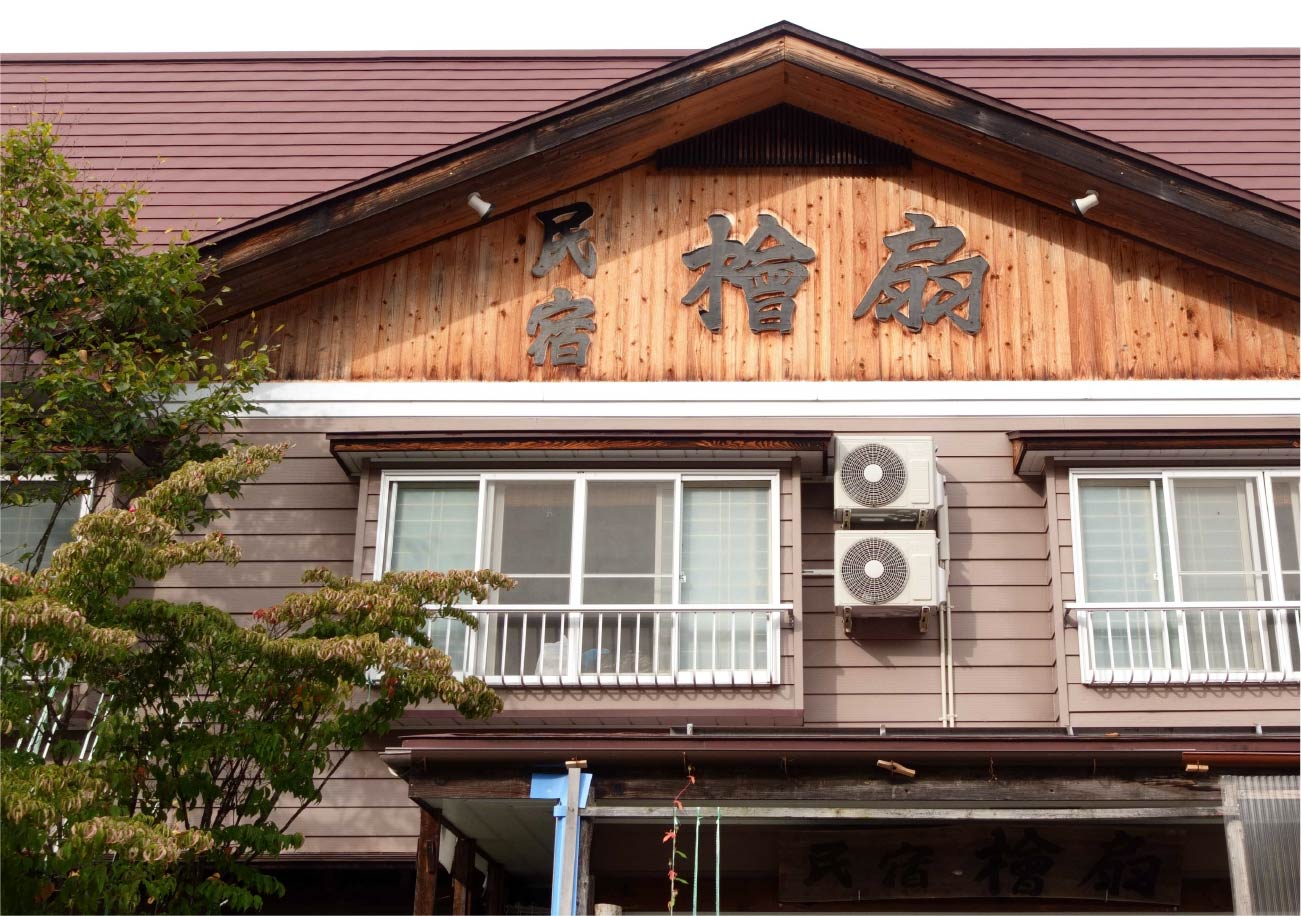
Staying at a historical traditional minshuku (Japanese inn)-Hiōgi
@ Hiōgi minshuku (Japanese inn)
For this trip, I stayed at Hiōgi, a traditional Japanese inn with a historical atmosphere. A cheerful female staff member warmly welcomed me, and I was shown to a Japanese-style room with a bed. I spent some time relaxing, breathing in the fresh air, and getting ready for dinner.
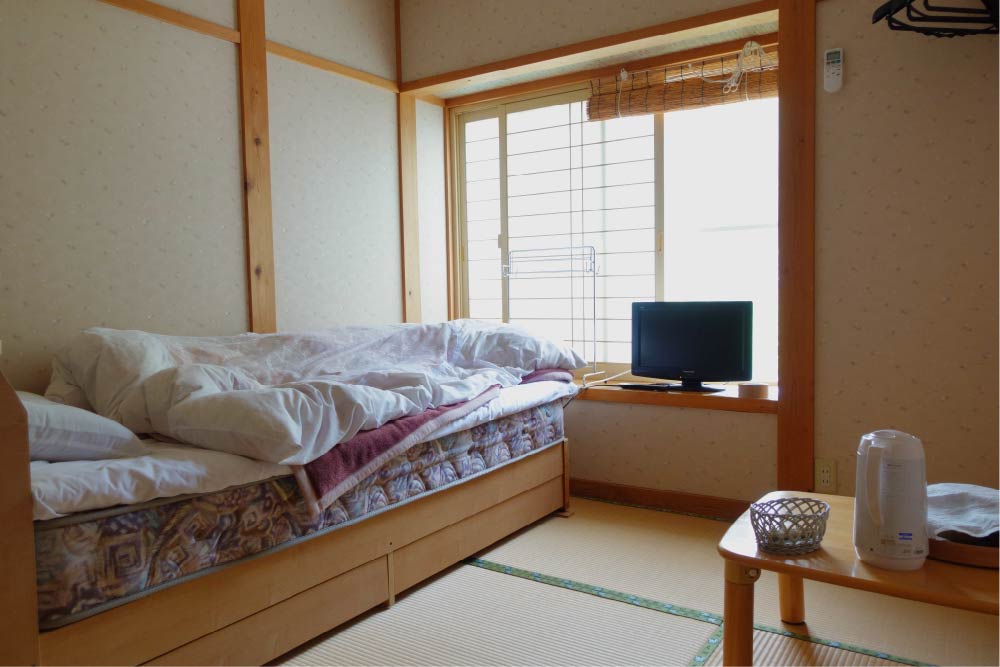
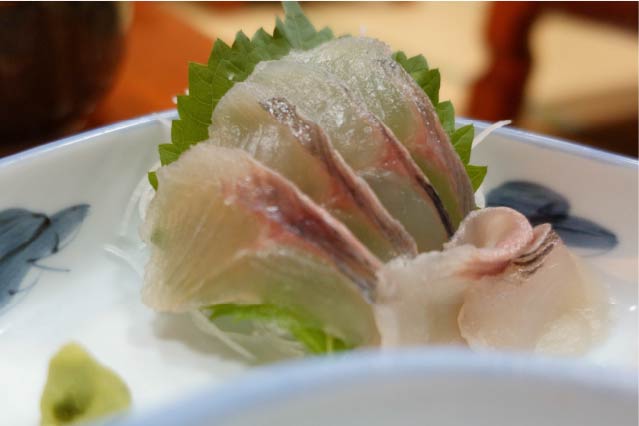
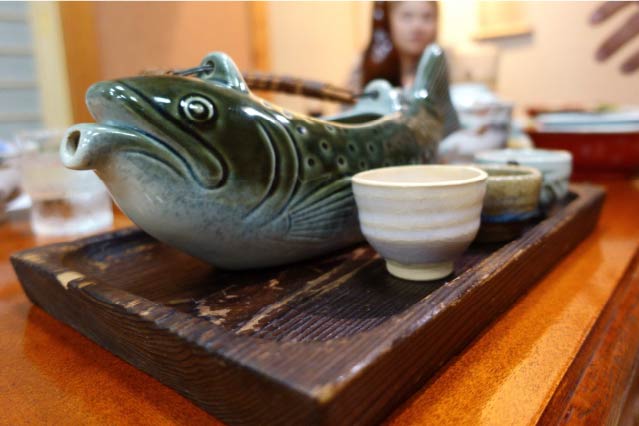
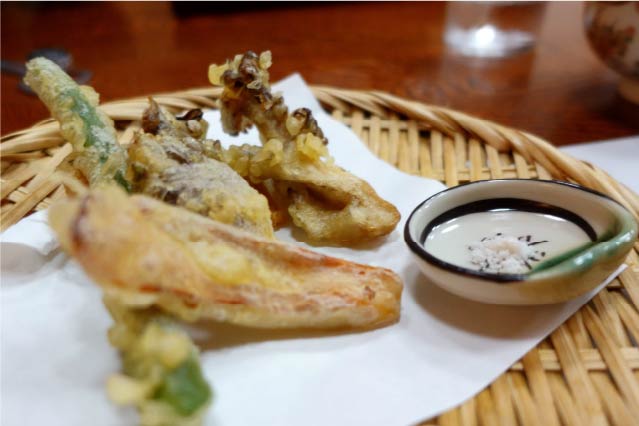
The originality of Hinoemata's local cuisine is full of surprises
The dining area was filled with unique dishes, many of which I had never seen before, showcasing the local cuisine of Hinoemata Village. I was amazed to learn that the salt-grilled char I was eating had been alive just this morning! It's hard to come by such fresh river fish in Vietnam. Additionally, the rare mushroom dishes, wild vegetable tempura, and the char's rich flavor in the bone sake were all delicacies that could only be experienced here. The chestnut rice, which had been collected by a three-year-old child, also brought a taste of autumn.
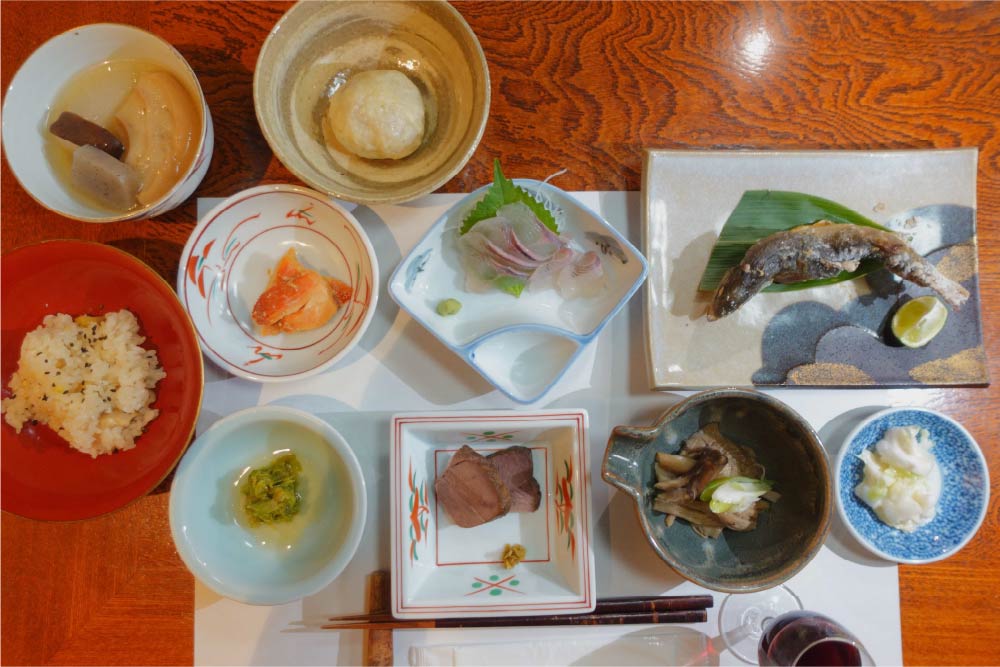
These dishes are part of “Yamōdo Cuisine,” a traditional style of cooking passed down in the Hinoemata area. Despite their simplicity, the flavors are deep, and they are known to be both delicious and healthy, even today.
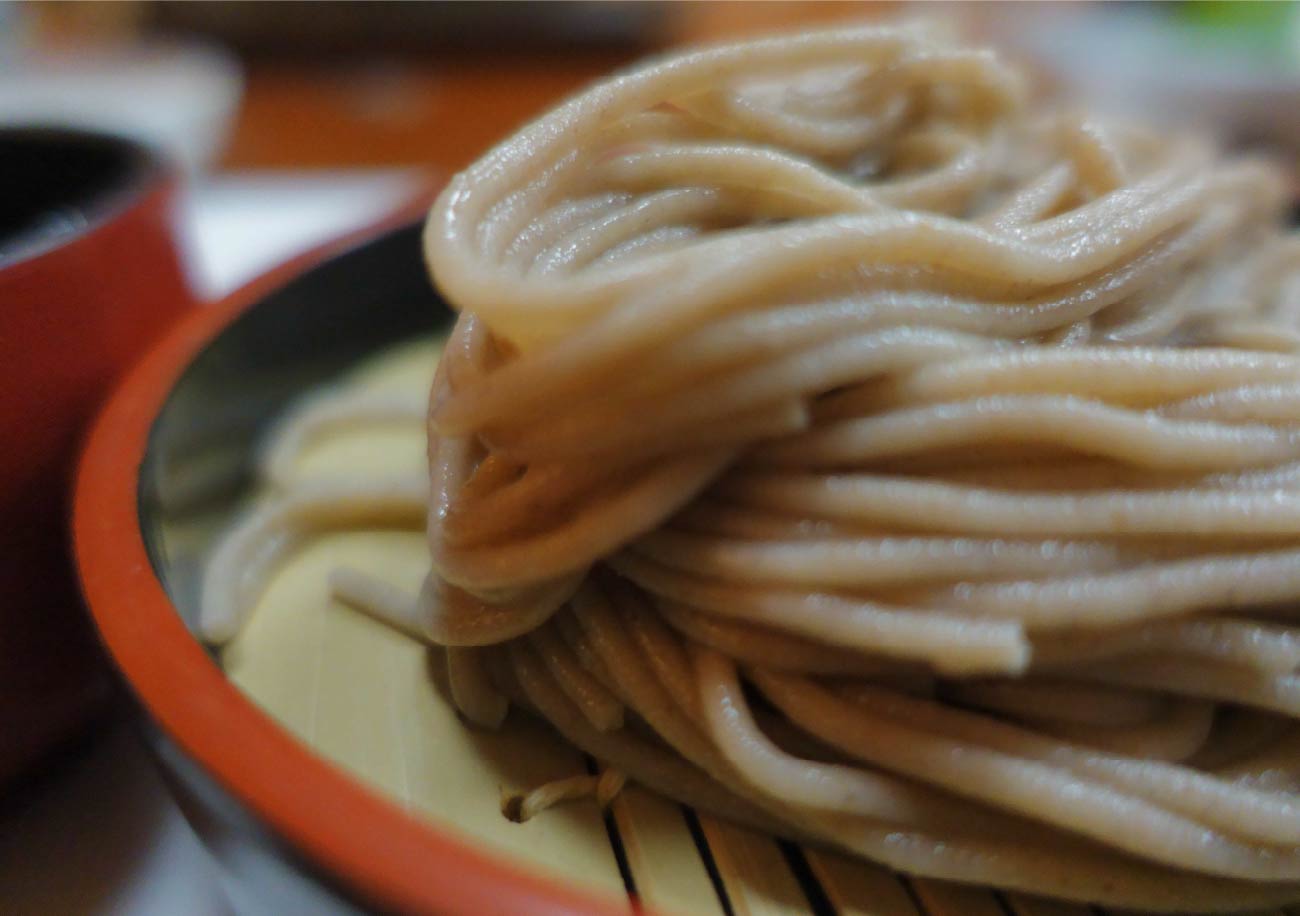
Hinoemata's famous soba reaches its “new soba” season
One of the highlights of Hiōgi Inn's soba is its distinct texture. Upon closer inspection of the soba noodles served at the end of the meal, I noticed they had no edges. This is because the noodles are made using a traditional method where the dough is pressed through like pasta. The texture was smooth, and I couldn't stop eating.

Hinoemata Village's soba season begins in mid-October, and it's known for its handmade “tachisoba,” made by cutting the dough with a knife using the hand as a guide. Grown in high altitudes with a cold climate, the flavor and aroma of the buckwheat flour are truly something to savor.
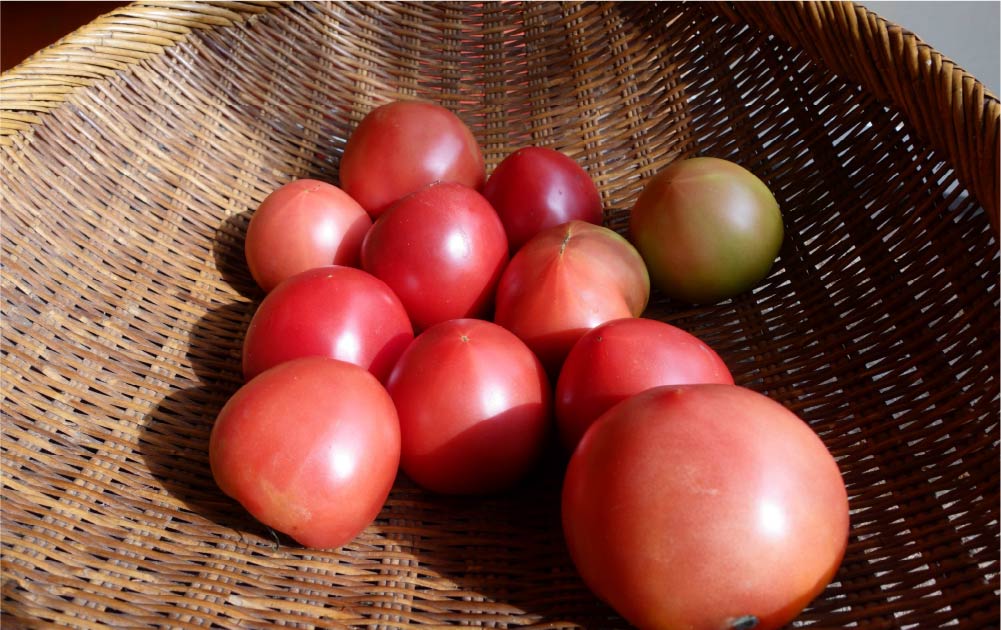

Listening to the lives of the villagers
I had the chance to learn about life in Hinoemata. During winter, the village becomes one of the snowiest areas in Japan, and the children enjoy snow activities like snow sports events. They also shared how they preserve vegetables in preparation for the harsh winters, demonstrating the tools they still use today.
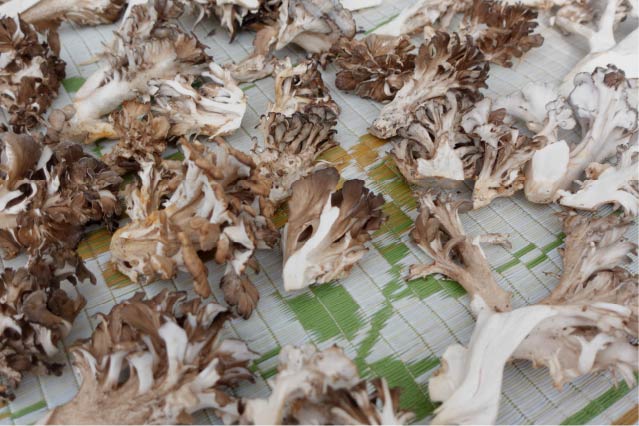 Sun-dried maitake mushrooms.
Sun-dried maitake mushrooms.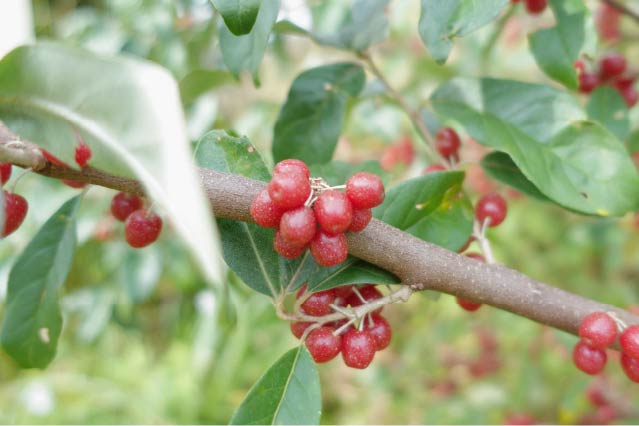 Gumi berries I had for dinner
Gumi berries I had for dinner A bowl called "Hanzou" used for
A bowl called "Hanzou" used for neading soba dough
 7:00
7:00
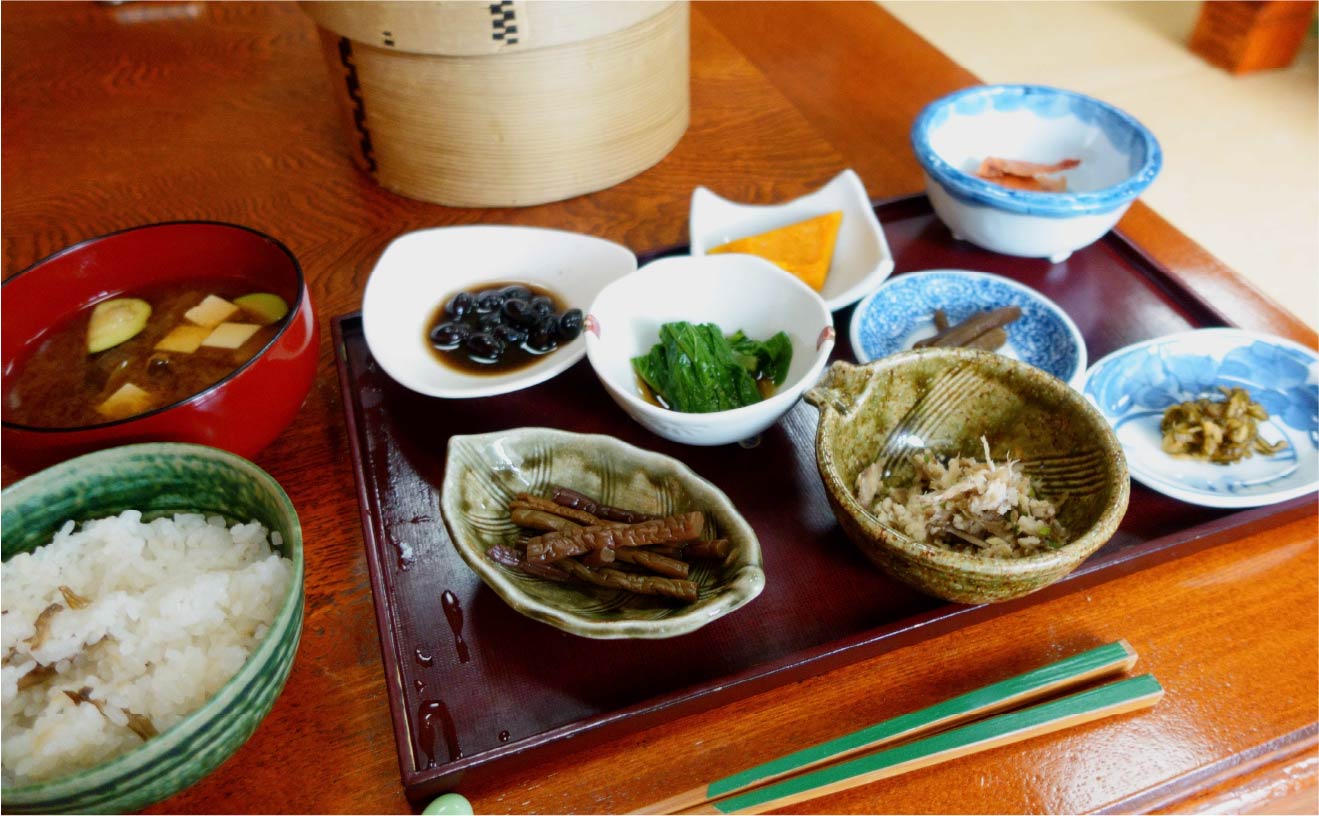
A next day welcomed with delicious
local food and refreshing air.
@ Hiōgi minshuku (Japanese inn)
The next morning, my appetite was stirred by a breakfast of maitake mushroom rice and delicately prepared wild vegetables. With a heart full of memories and a belly full of food, I left the village feeling refreshed by the crisp air.

Reflect on the journey
Since I came to Japan, I've lived in urban areas, so the abundant nature was a fresh sight. Though I lacked experience in hiking, the view from Nakadoai Lookout left a lasting impression. I was touched by unique experiences, like meeting the kind traditional minshuku (Japanese inn) staff and enjoying local foods such as wild vegetables and soba. Next time, I want to try mountain climbing.
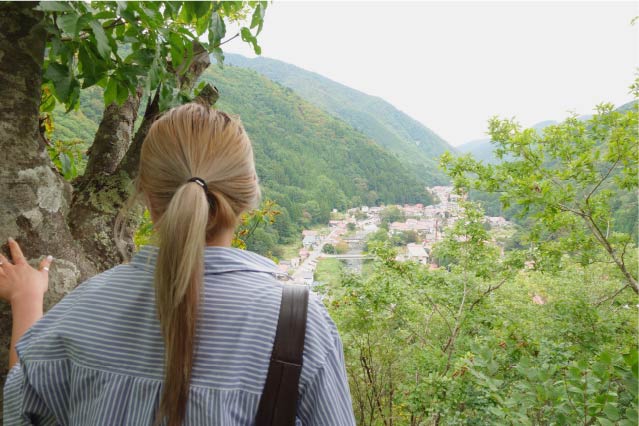 View from Nakadoai Lookout Point.
View from Nakadoai Lookout Point. The white peach crunch chocolate.
The white peach crunch chocolate.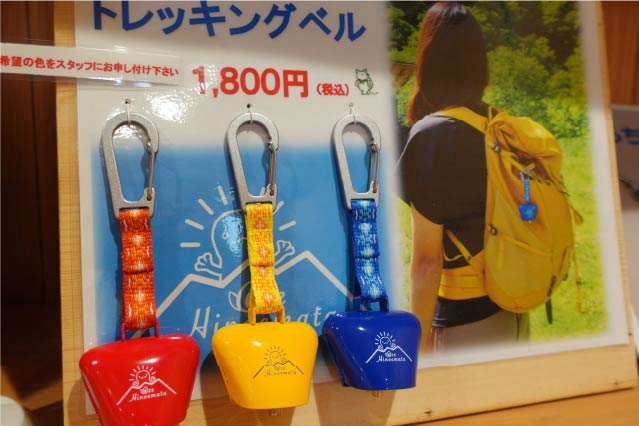 bear-repellent bells @ Hinoemata Village travel guide office
bear-repellent bells @ Hinoemata Village travel guide office Itenary of the Experience
Itenary of the Experience
- 11:00
- Yamōdo House
- 13:00
- Nakadoai Lookout Point
- 15:00
- Aruza Oze no Sato
- 16:00
- Hiōgi minshuku (Japanese inn) dinner&stay
- 7:00
- Hiōgi minshuku breakfast
My journey @Hinoemata Village
Thanks to the abundant water supply in Oze, all Inns and Ryokans in Hinoemata Village offer hot spring baths. There are also three public baths in the village.
